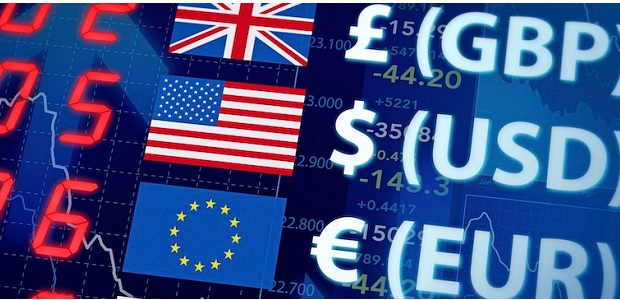
FXcompared, the independent money transfer research and comparison group, launched the FXcompared International Money Transfer Index™ (IMTI™) – the industry’s most comprehensive index for monitoring the cost of using banks to send money abroad.
According to the FXcompared’s estimates, the top 20 non-bank money transfer providers based in the UK now account for over £40 billion of foreign exchange per year, saving customers over £900 million annually.
The data shows that when UK customers transfer £10,000 abroad, the cost of using a bank is on average 3.6 per cent of the transaction, while the cost of using a typical non-bank provider is on average just 0.9 per cent. This means that for every £10,000 transferred internationally, UK customers are typically receiving just £9,640 worth of their foreign currency when using a bank, compared to £9,910 when using a non-bank provider.
However, by comparing UK banks with their international counterparts, the FXcompared IMTI™ highlights that UK customers save more on international money transfers than those in the U.S. and Australia. UK banks charge an average of 3.6 per cent on a £10,000 transaction compared to the 3.7 per cent charged by U.S. banks and 5.8 per cent by Australian financial institutions.
The FXcompared IMTI™ also shows that banks’ rates fluctuate from month-to-month. In August in the UK, for example, the cost of sending £10,000 was 2.3 per cent, moving to an eight month high of 4.2 per cent in October and then back down to 3.6 per cent in November.
FXcompared managing director, Daniel Webber, says: “The World Bank collects data for the lower-end of the consumer market, while the Bank for International Settlements covers the entire foreign exchange market. But – until now – there was an information vacuum for the ‘middle market’ – those making regular transfers in the region of £1,000 to £1 million. While our publicly released data focuses on transactions up to £10,000, we collect data for much higher value transactions as well. What this shows us is that non-bank providers, but also banks, charge less as customers transfer larger sums across borders. For example, the percentage cost charged by UK banks when sending £500,000 is typically 65 per cent cheaper compared to sending £10,000.”
The FXcompared IMTI™ incorporates international money transfer data from all major banks in the UK, U.S., Canada and Australia. The Index represents the average cost for a customer of transferring money through bank-to-bank channels for different transaction sizes (£1,000 and £10,000 in the UK). This data, which has been collected monthly since April 2015, has then been compared to the cost of using a non-bank provider, such as online-only services and foreign-exchange specialists, for transactions of the same value.
Banking 4.0 – „how was the experience for you”
„So many people are coming here to Bucharest, people that I see and interact on linkedin and now I get the change to meet them in person. It was like being to the Football World Cup but this was the World Cup on linkedin in payments and open banking.”
Many more interesting quotes in the video below: